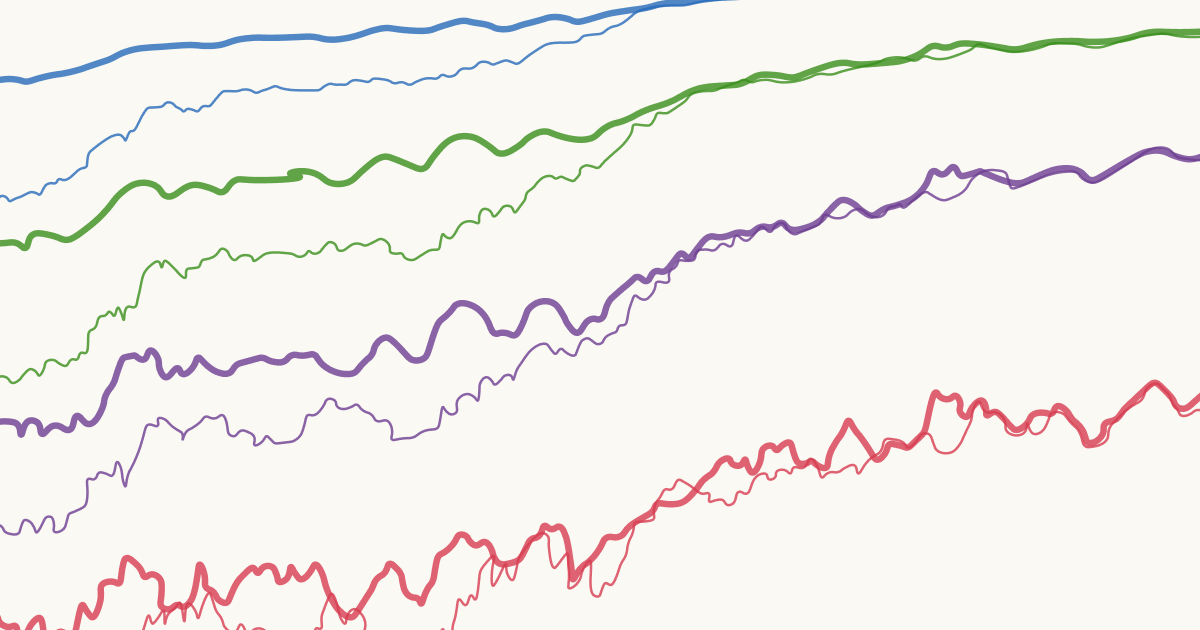29 de abril de 2009 | N° 15954
ARTIGOS
Nexo causal, por Aloyzio Achutti*
Chegam todos os dias notícias sobre novas falcatruas, sobre crimes, roubos, mentiras e os mais diversos desvios de comportamento, a ponto de se perguntar se alguém escapa. Onde está a normalidade? Foi sempre assim? Por quê?
Sabe-se que o comportamento se molda socialmente, pelo exemplo, pela imitação e pela formação cultural. A mera observação nos mostra – e também foi experimental e cientificamente demonstrado – que as pessoas tendem a se adaptar ao ambiente físico e cultural onde transitam. Num espaço limpo e ordenado, procura-se mantê-lo como foi encontrado. Na sujeira e na bagunça, não há respeito e, onde não há definição de limites, tudo é permitido.
Tem se discutido bastante a falta de disciplina nas escolas e agressão aos professores e outros funcionários de serviços públicos. Os baixos salários já expressam numericamente o desrespeito da sociedade por certas atividades. O aspecto dos prédios escolares e de ambulatórios, as moradias (se este nome pode ser atribuído a tugúrios, ranchos e favelas), os equipamentos urbanos e tantos outros sinais externos denunciam a desvalorização social de certas áreas. O que mais se pode esperar das pessoas que assim vivem? A desigualdade sociocultural não só causa doença, mas também é sintoma de uma sociedade doente que aceita conviver com parte de seu corpo degradado.
Em busca da determinação da saúde e das doenças, fala-se muito em desigualdade e, ao analisá-la, em geral o foco da atenção é o extremo pior dotado: os pobres e socioculturalmente marginalizados. Obviamente, a perspectiva populacional tem que ser global, e a dispersão é fruto de um fenômeno dinâmico que se automantém.
Dei-me conta de que pouco se considera o polo “bem-sucedido”, merecedor também de atenção especial porque, embora minoritário, detém o poder e, no mínimo, se satisfaz com essa situação enquanto não surgem ameaças ao privilégio e à hegemonia. Não é a cor da pele nem a dos olhos que os identifica, pois a desigualdade só se sustenta dentro de um equilíbrio no qual cadeias de interesse se estendem por redes secundárias, com graus variados de benefício.
Assim, no topo, a classe política – frequentemente agindo como se estivesse acima das leis – chega a seus nichos, carregada pelos nossos votos e de toda uma corriola desconhecida que só aparece quando há escândalo.
Outro grupo não menos poderoso, o dos traficantes de drogas e de armas, agindo à margem das leis, consegue sucesso porque beneficia uma extensa rede que inclui todas as classes sociais até chegar aos usuários.
O convívio com a corrupção, com a exceção que vira regra, com o privilégio junto à marginalidade, com o sucesso da safadeza, com o abuso da autoridade, termina por desmoralizar qualquer pacto social.
Buscando as causas das causas e até onde se estendem as interligações dessas redes, é de se perguntar se todo o mundo já não está envolvido e contaminado, já que se permite e muitas vezes se tira algum proveito desta situação?!...
*Médico. A desigualdade sociocultural não só causa doença, mas também é sintoma de uma sociedade doente




















No comments:
Post a Comment